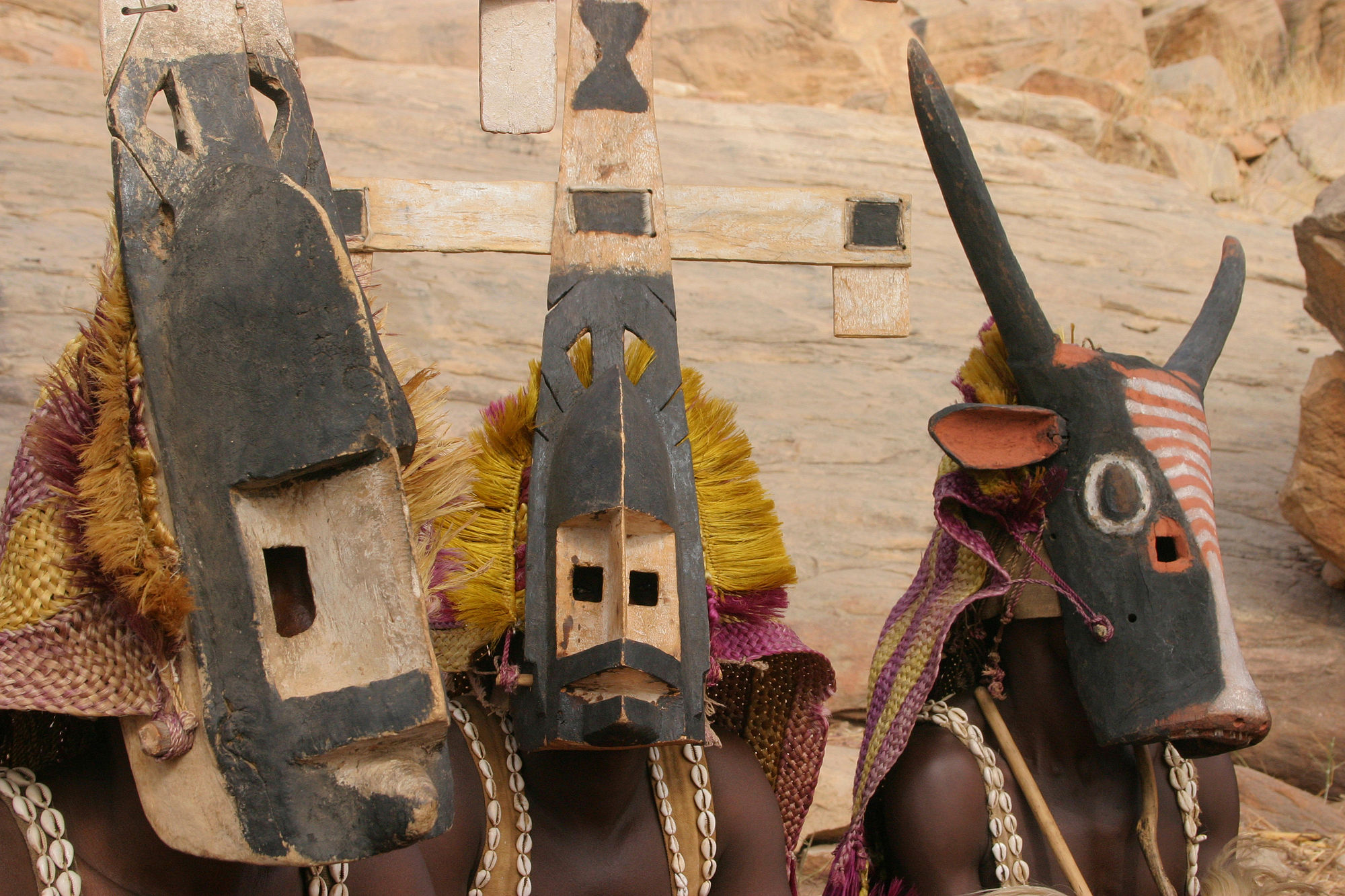Amapiano vs. Afrohouse: Understanding the Differences
Introduction to Amapiano and Afrohouse
Music genres are often a reflection of culture, history, and innovation. Among the many vibrant styles emerging from Africa, Amapiano and Afrohouse are two that have captured the attention of music lovers worldwide. While both genres are rooted in African rhythms, they offer distinct sounds and experiences.
Amapiano, originating from South Africa, is a relatively new genre that has taken the continent by storm. It blends deep house, jazz, and lounge music to create a sound that is both soothing and energetic. Afrohouse, on the other hand, is a more established genre that combines traditional African beats with modern house music.

Origins and Development
Amapiano: A New Wave
Amapiano emerged in the early 2010s in the townships of Gauteng, South Africa. Its name is derived from the Zulu word for "pianos," highlighting the instrumental focus of the genre. The sound is characterized by its use of piano melodies, basslines, and percussive rhythms. This genre quickly gained popularity due to its ability to incorporate various elements of South African musical traditions.
Afrohouse: The Global Fusion
Afrohouse has its roots in the African musical landscape but has been significantly influenced by international house music scenes. It emerged in the late 2000s and has since evolved by integrating traditional African instruments and sounds with electronic beats. This fusion creates a diverse and dynamic listening experience that appeals to audiences around the globe.

Musical Characteristics
Amapiano's Signature Elements
Amapiano is known for its slower tempo, typically ranging between 110-115 beats per minute. The genre’s signature elements include:
- Piano melodies: Central to its sound, these melodies are often smooth and soulful.
- Basslines: Deep and prominent, adding a groove that is both relaxing and danceable.
- Percussion: A mix of traditional African drums and modern electronic beats.
Afrohouse's Distinctive Sound
Afrohouse tends to have a faster tempo, usually around 120-130 beats per minute. Its key characteristics include:
- Rich percussion: Incorporates a wide variety of African drum patterns.
- Electronic elements: Synths and samples that add a modern twist.
- Vocal lines: Often features vocalists singing in indigenous languages or English.

Cultural Impact
The cultural impact of both Amapiano and Afrohouse is profound, as they serve as a medium for storytelling and cultural expression. Amapiano has become synonymous with South African youth culture, promoting a sense of identity and unity among listeners. Its popularity has led to the rise of local artists who now enjoy international recognition.
Afrohouse, with its broader global reach, has played a significant role in introducing African rhythms to international audiences. It acts as a bridge between traditional African music and contemporary world music scenes, fostering cross-cultural collaborations and appreciation.
The Future of Amapiano and Afrohouse
The future looks bright for both genres as they continue to evolve and inspire new generations of musicians. Amapiano's unique blend of sounds is likely to keep drawing new fans, while Afrohouse's fusion of traditional and modern elements will continue to appeal to diverse audiences worldwide. Both genres are expected to influence other musical styles, further enriching the global music landscape.
In conclusion, understanding the differences between Amapiano and Afrohouse offers insight into their individual appeal and collective impact on music culture. As both genres flourish, they not only entertain but also educate audiences about the rich tapestry of African musical heritage.